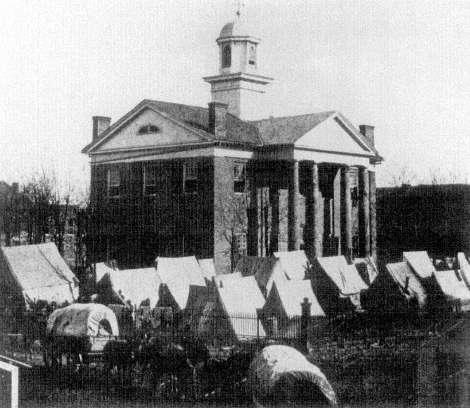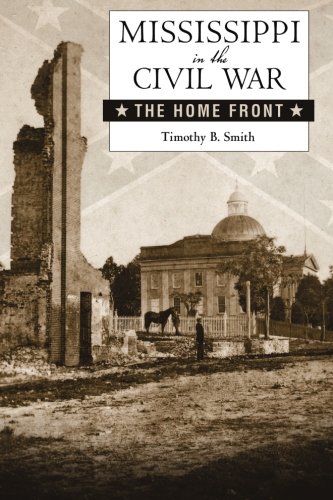
The first thing you should know about Ludwell Johnson’s North Against South: The American Iliad 1848-1877 is that it’s controversial. First published in 1978 under the title Division and Reunion, 1848-1877, the book argues that Reconstruction was an extension of the military warfare carried out by the North during the Civil War, that Jefferson Davis was a more able leader than Abraham Lincoln, and that Robert E. Lee was a better military leader than Ulysses S. Grant.
That’s just for starters. Johnson (1927-2017) also says that the writing of Civil War history after World War II has been filtered through the lens of the Civil Rights movement of the 1950s and 1960s. It’s not that this vast multitude of history works are wrong and should be rejected, but more that readers and students need to understand the lens through which the Civil War has been seen and understood.

Johnson marshals facts and data to make his case. He tells the story of what led up to the war, how the war began and its major military battles, the critical role played by the North’s economic and manufacturing advantages, and what he describes as the three post-war “peace settlements” – President Andrew Johnson’s reconstruction plan, the reconstruction plan of the Radical Republicans, and finally the abandonment of Reconstruction.
What is perhaps most surprising in Johnson’s account is the sense of both sides being the aggressor. The North was not trying hard to avoid war while the South seemed hellbent to make one, nor were Northern armies waging a just and righteous crusade for human freedom. As the war faded in living memory, myths grew up on both sides. And the national trauma that we call the Civil War would continue to play a significant role in national politics.

Johnson was a professor of history at the College of William and Mary in Williamsburg, Virginia. He focused his studies and teaching on the American Civil War. He was also the author of Red River Campaign: Politics and Cotton in the Civil War (1958).
I don’t have the background in Civil War history to say whether Johnson was right or wrong. I would hazard an educated guess that this book likely angered many Civil War historians when it was published in 1978 (and republished in 2002). For me, the real value of North Against South is understanding that one shouldn’t simply accept the received wisdom, whatever the source, and that the past continues to matter more than we’d like to think.
Top photograph: A scene from the Battle of Gettysburg by Thure de Thulstrup via Wikimedia Commons.













